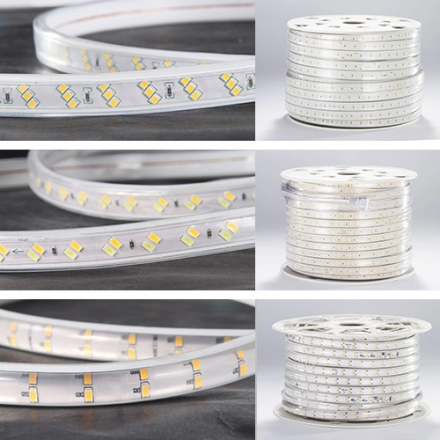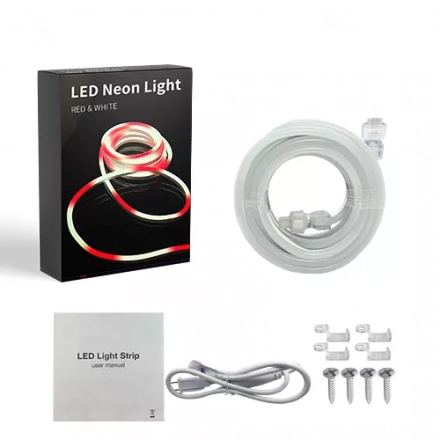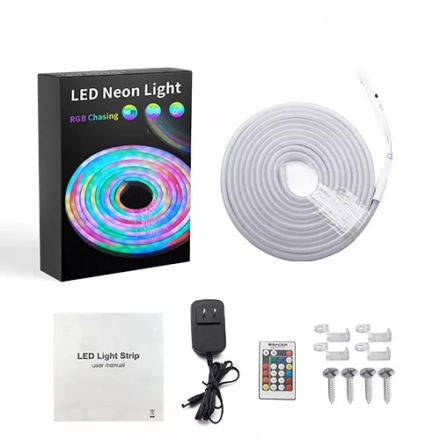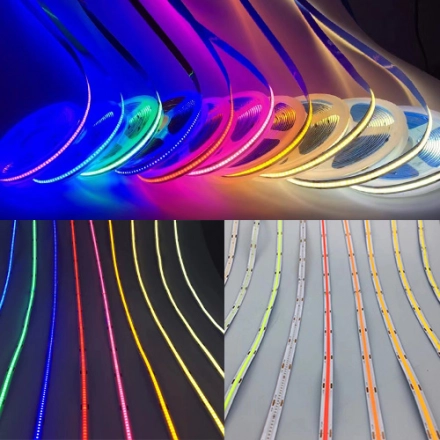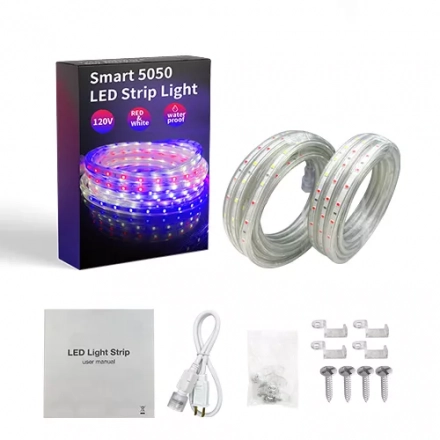Introduction to the Main Features of Programmable LED Strips
Programmable LED strips have revolutionized the world of lighting, offering a wide range of possibilities for creative and dynamic illumination. These versatile lighting solutions have gained popularity in various industries, including interior design, architecture, entertainment, and even personal use. In this article, we will objectively and truthfully explore the main features of programmable LED strips, highlighting their key attributes and benefits.
One of the primary features of programmable LED strips is their ability to display a wide spectrum of colors. Unlike traditional lighting options that offer a limited range of static colors, programmable LED strips can produce millions of vibrant hues. This is made possible through the integration of RGB (Red, Green, Blue) LEDs, allowing users to create captivating lighting effects and seamlessly switch between different color combinations.
Another notable feature of programmable LED strips is their flexibility. These strips are composed of individual LED modules that are interconnected, forming a continuous and flexible ribbon-like structure. This flexibility enables the LED strips to be bent, twisted, and shaped to fit various applications, making them suitable for both straight and curved surfaces. Whether it's accentuating architectural features or adding ambient lighting to a room, the flexibility of programmable LED strips provides endless design possibilities.
Furthermore, programmable LED strips offer dynamic lighting effects through the implementation of intelligent control systems. These control systems can be accessed through mobile applications or specialized controllers, allowing users to adjust the color, brightness, and animation patterns of the LED strips. With the ability to program custom lighting sequences and synchronize them with music or other external triggers, programmable LED strips bring life and interactivity to any environment.
Energy efficiency is another significant advantage of programmable LED strips. Compared to traditional incandescent or fluorescent lighting, LED technology consumes significantly less power while delivering comparable or even superior illumination. This energy efficiency not only helps reduce electricity costs but also contributes to a more sustainable and environmentally friendly lighting solution.
Additionally, programmable LED strips are known for their ease of installation. Most LED strips come with adhesive backing, making them simple to mount on various surfaces. Some products even feature magnetic strips or clips for convenient attachment. Furthermore, manufacturers often provide detailed installation guides, ensuring that users can effortlessly set up and enjoy their programmable LED strips.
In summary, programmable LED strips offer a multitude of features that make them an attractive choice for modern lighting applications. Their ability to display a wide spectrum of colors, flexibility, dynamic lighting effects, energy efficiency, and ease of installation make them versatile and user-friendly. Whether you are looking to enhance the ambiance of a space, create captivating visual displays, or simply add a touch of personalization to your lighting, programmable LED strips are an excellent choice.

